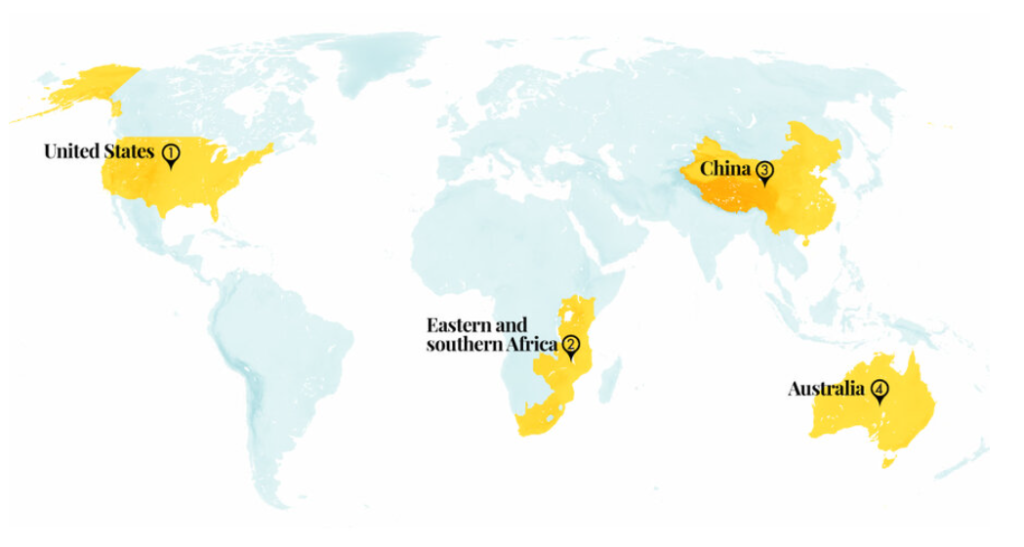
A startup working on decarbonizing cement poured its first commercial concrete
Accounting for 8% of the world’s carbon emissions, traditional cement production heats limestone to over 2,500 degrees Fahrenheit to produce lime. But high-temperature kilns rely on fossil fuels, and limestone itself releases carbon dioxide in the process.
Instead, startup Sublime’s electrolyzer uses electrochemical reactions to dissolve materials at room temperature – eliminating both major sources of CO2 that result from making 4 billion metric tons of the world’s most-produced material each year. The technology can also use substances other than limestone. The company says the new cement meets international standards and has performed similarly to ordinary portland cement. It reaches similar flow rates, hardens in the same way, and is just as strong and durable.
Sublime’s formula was recently used in a nonstructural part of the ground floor in a building in Boston. Other startups are also tackling cement; Brimstone Energy makes portland cement from carbon-free calcium silicate. Sublime, founded by electric chemists Leah Ellis and Yet-Ming Chiang, hopes to scale up to a commercial facility capable of producing 1 million tons of cement yearly by 2028.
Chemists used a metal and its rust to overcome a short-circuiting problem in their “water battery”
Also known as aqueous metal-ion batteries, the technology is being explored as a safer alternative to industry-standard lithium-ion batteries. While found in everything from phones to electric vehicles, lithium batteries carry a risk of fire and explosion, making them less suitable for large-scale energy storage. Aqueous metal-ion batteries replace the volatile components with water, enabling electric current flow and eliminating the risk of fire.
The researchers have struggled with dendrites – spiky metallic formations that can cause a battery to short-circuit. In a recent study led by Australia’s Royal Melbourne Institute of Technology, engineers coated battery parts with bismuth and rust, which protected against dendrites. While lithium-ion batteries can be difficult to recycle, researchers said that water batteries can be easily disassembled and reused. They also noted that water batteries have shown stable renewable energy storage and last longer than their lithium counterparts.
The team is making strides toward increasing the batteries’ energy density, or the amount of energy that can be stored in a given space. Co-author Tianyi Ma said that future water batteries would be made from magnesium and that they could replace lithium-ion batteries in the next decade.
Article Credit: csmonitor